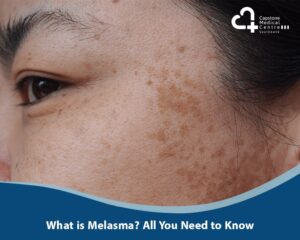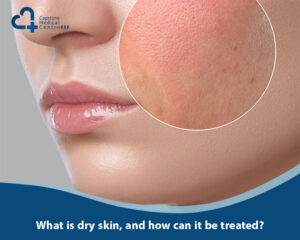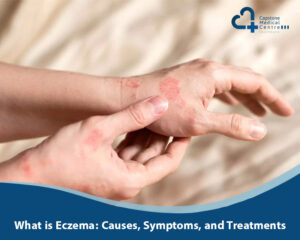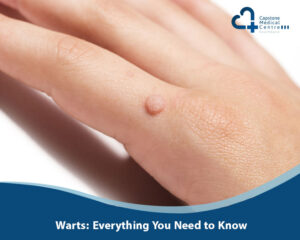
What is Prostatitis and How to Treat?
Prostatitis, a condition that has significant implications for men’s health,


MD, FRACGP, FACAM
Advance Diploma in General Dermatology
Diploma of Cosmetic Medicine

Nonallergic rhinitis refers to inflammation of the nasal passages that can have various causes, from infections to cold weather. If the rhinitis lasts for more than four weeks, it is considered chronic. Both nonallergic and allergic rhinitis are becoming increasingly prevalent in Australia and can coexist in people with asthma. The symptoms of nonallergic rhinitis include nasal secretions, congestion, sneezing, and a post-nasal drip, but without itchy eyes, nose, or throat.
The causes of nonallergic rhinitis are numerous, such as irritants like tobacco smoke or perfumes, viral infections, structural problems, alcoholic drinks, weather changes, chronic fatigue syndrome, hormonal changes, spicy foods, medications, and stress. Factors that increase the risk of nonallergic rhinitis include being over 20 years old, female, a smoker, and taking certain medications or oral contraceptives.
Diagnosing nonallergic rhinitis involves assessing physical and clinical findings, such as nasal congestion, pharyngeal post-nasal drip, and enlarged tonsils. Eliminating allergy through blood allergy tests or skin prick tests can help distinguish between allergic and nonallergic rhinitis.
Preventing nonallergic rhinitis involves reducing exposure to irritants, drinking plenty of fluids, and implementing strategies to lower immune triggering risks. Managing symptoms at home can improve sleep, relationships, and fatigue. Surgery may be recommended for septal deviation, nasal polyps, or other abnormalities causing nonallergic rhinitis. An ear, nose, and throat specialist (ENT) can further investigate the condition after referral from a physician.
References:

Prostatitis, a condition that has significant implications for men’s health,

Ever looked in the mirror and noticed patchy brown or

Ever feel like your skin is begging for moisture? That

Do you ever find yourself relentlessly scratching your skin, battling

Have you noticed a rough bump on your hand or
Monday – Wednesday
Thursday – Friday
Saturday
Sunday
Public holidays
9 am to 5:30 pm
8:30 am to 6:30 pm
10.00 am to 3.00 pm
closed
closed
© 2020 All rights reserved.
